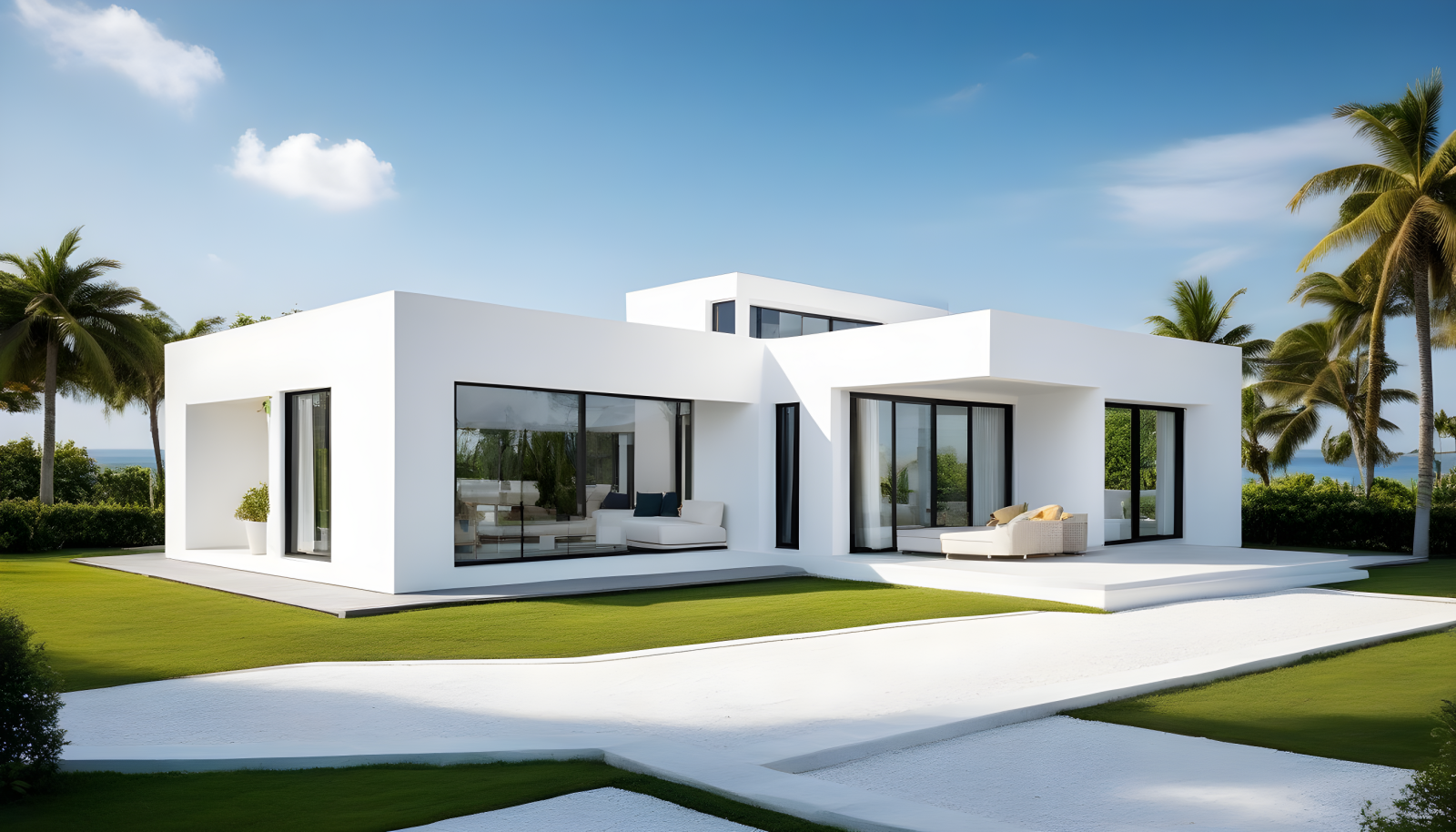How Long Do Prefab Homes Last?
Prefab houses are created by combining pre-manufactured modular parts. These structures save time by providing the advantage of fast assembly and are generally among the budget-friendly options. The extensive advantages of these homes include:
Equipped with modern insulation technologies, prefabricated houses provide energy efficiency and are effective in temperature control, providing energy savings.

Their affordable prices often offer a more affordable prefab house cost compared to traditional housing. Costs can decrease with the advantage of mass production.
Flexible design features offer the opportunity to easily customize prefabricated houses of different styles and sizes in accordance with customer demands.
Prefab houses made of solid materials offer advantages in terms of durability and adaptation to various climatic conditions. This enables the creation of homes that are long-lasting and resistant to environmental conditions.
While prefabricated houses meet the practical needs of modern life, they offer economical, environmentally friendly, and customizable building options.
Prefab houses are generally produced from durable materials, and galvanized steel has an important place among these materials. Galvanized steel is known for its resistance to rust and ensures the longevity of prefabricated structures. At the same time, Rockwool insulation materials are also widely used. Rockwool is a material that is effective in thermal insulation and is also fire resistant.
Stone wool, which is a frequently preferred material for the interior and exterior insulation of prefabricated houses, is an effective solution for sound insulation as well as providing energy saving. The use of these materials increases the energy efficiency of prefabricated houses and also supports their durability. This offers homeowners an economical and environmentally friendly solution in the long term.



